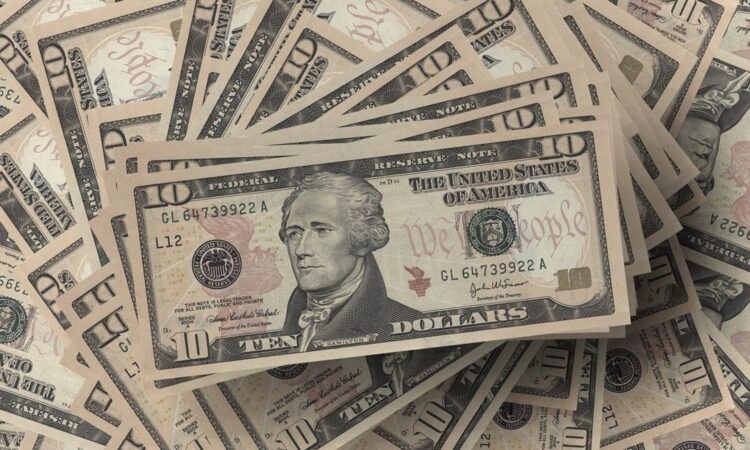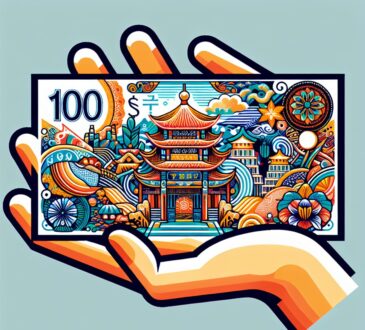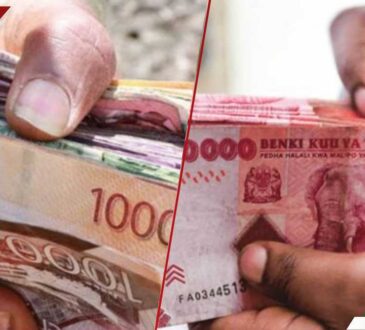
Global talk of de-dollarization intensified after the US put an embargo on all of Russia’s dollar assets in 2022. There is, hence, a palpable worry that any country on the wrong side of the US would risk such an embargo, besides punitive tariffs.
Also Read: De-dollarization debate: Multilateralism can solve the world’s financial needs
The larger concern is that Washington may freeze the dollar assets of a country it chooses to punish. As most countries hold a significant part of their forex reserves in US government debt, this is no small fear. The forex assets of Russia being impounded could be treated as a sovereign default by the US. This explains why de-dollarization is back in discussion.
Presently, based on International Monetary Fund (IMF) data, 59% of global forex reserves are held in US dollars, followed by almost 20% in euros. The yen and pound account for 5.5% and 4.9%, respectively, while the balance is spread across the renminbi and Canadian and Australian dollars, each with shares of 2-3%. In the early 2000s, right after the euro came into existence, the ratios were more skewed towards the US dollar—it had a 71% share and the euro 18%. The euro ascended till 2009, peaking at 28% before declining post the euro crisis.
Next, let us look at the forex reserves of countries. As of 2022, the global pile of non-gold forex assets was dominated by China, with $3.2 trillion, followed by Japan with $1.2 trillion. Switzerland, Taiwan and India were the next three, followed by Saudi Arabia, Russia, Korea, Brazil and Singapore. There is a lot of money locked up in dollar assets. In an extreme situation, all or some of these assets could be impounded, which is reason enough to diversify forex holdings to include assets in other currencies, besides gold.
Also Read: De-dollarization debate: The US-led West should rethink its dollar diplomacy
The dollar retained global acceptance after the Bretton Woods agreements collapsed in the 70s. It dropped its promise of conversion to gold in 1971, but as the IMF’s Special Drawing Rights (SDRs) lost relevance, the greenback consolidated its position as the world’s default reserve currency.
The central requirement for any currency to act as a global anchor is that it should be in plentiful supply. So dollars have to be made available on an ongoing basis for countries to hold. For this to happen, the US has to run large fiscal and trade deficits forever, so that bonds are issued and subscribed to by various governments.
This policy of ‘benign neglect,’ where the anchor country keeps supplying its currency to keep the global financial system ticking, entails a paradox: It requires a degree of fiscal indiscipline, albeit calibrated to ensure that the currency’s value does not drop even as its supply is kept up.
It also means the US has to run trade deficits, not surpluses, or else global claims on the country would be negative. In November 2024, foreign entities held $8.6 trillion of the US government’s total debt of around $36 trillion. Another $3.5 trillion was held by Japan, China, the UK, Luxembourg and Cayman Islands.
The euro was to act as a substitute, but has had limited success. The eurozone is a group of 20 European nations with a common currency. As their collective GDP is around $15 trillion, compared with the US figure of about $27 trillion, the eurozone is financially powerful. But that alone does not make the euro a rival to the dollar across the world.
Also Read: Can Donald Trump really weaken the dollar to enhance US trade competitiveness?
To qualify as an anchor currency in which global trade is conducted, certain assurers of credibility are needed as prerequisites.
The first is the issuer’s share in global GDP. Here, after the US and the euro region, China is the only country with a double-digit share. But the international transactions taking place in the renminbi are largely confined to countries with which it has special relations, like Russia and North Korea. Beyond that, the renminbi’s acceptability is limited. Therefore, even though China’s share in global trade is 11%, most transactions remain in hard currencies, with the dollar being dominant.
Also, the issuer country’s credit rating is important. The US and eurozone have AA+ and AAA ratings. This makes dollar and euro bonds more acceptable. The Indian rupee faces a challenge here, given India’s lower credit rating, even though its economic performance in the past few years has been exceptional. There is a natural tendency for emerging markets to score low on this count.
Also Read: When will global credit rating agencies get their assessments of India right?
Creating a Brics currency is an option, but given that member countries are disparate, with differing styles of governance in both the political and economic spheres, finding common ground on stability assurance would be difficult. The euro may fit the bill, but the absence of a common treasury and lack of a unified European bond market are drawbacks. SDRs can be another option, though these face another set of challenges. Cryptocurrency too has been spoken of. But its opacity and control by anonymous entities go against it.
Therefore, de-dollarization can work only if countries form trade groups and use their own currencies for settlement. The acceptance of these outside these zones will remain uncertain. In other words, there is no getting away from the existing matrix of currencies. And for the next few years, at least, the US dollar will continue to be the world’s anchor currency. There is no alternative.
Views are personal.
The author is chief economist, Bank of Baroda, and author of ‘Corporate Quirks: The darker side of the sun’.




